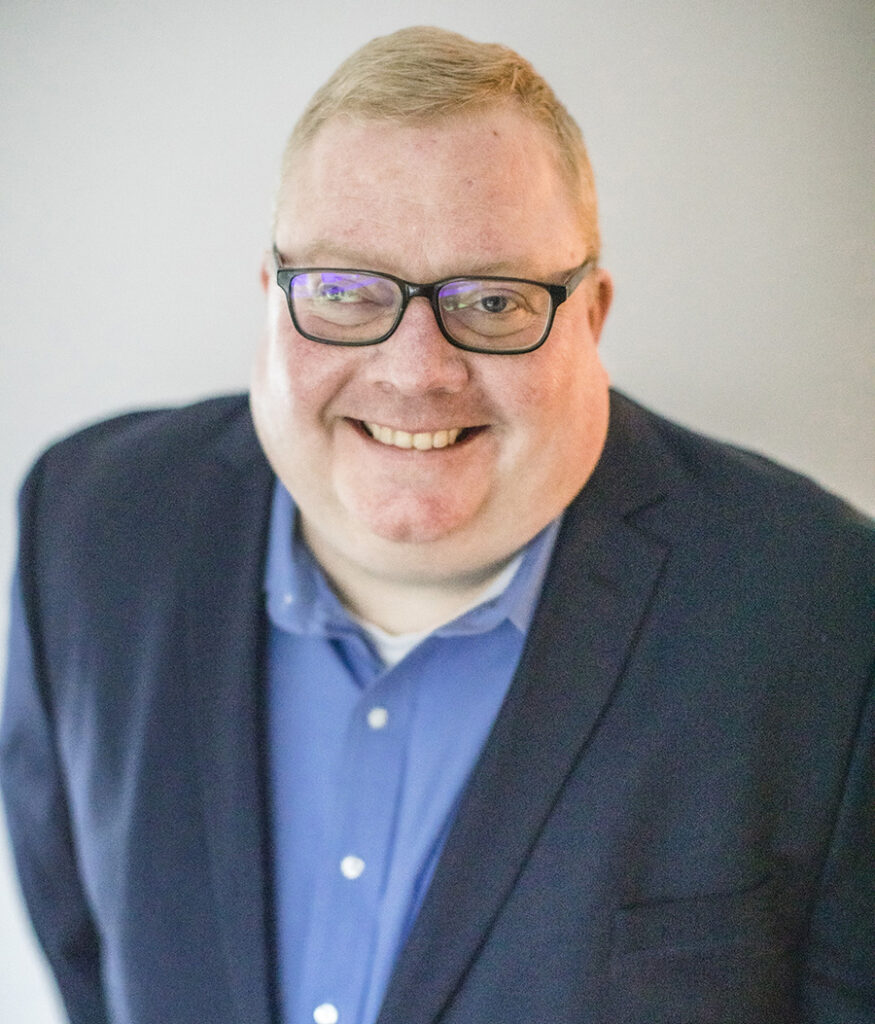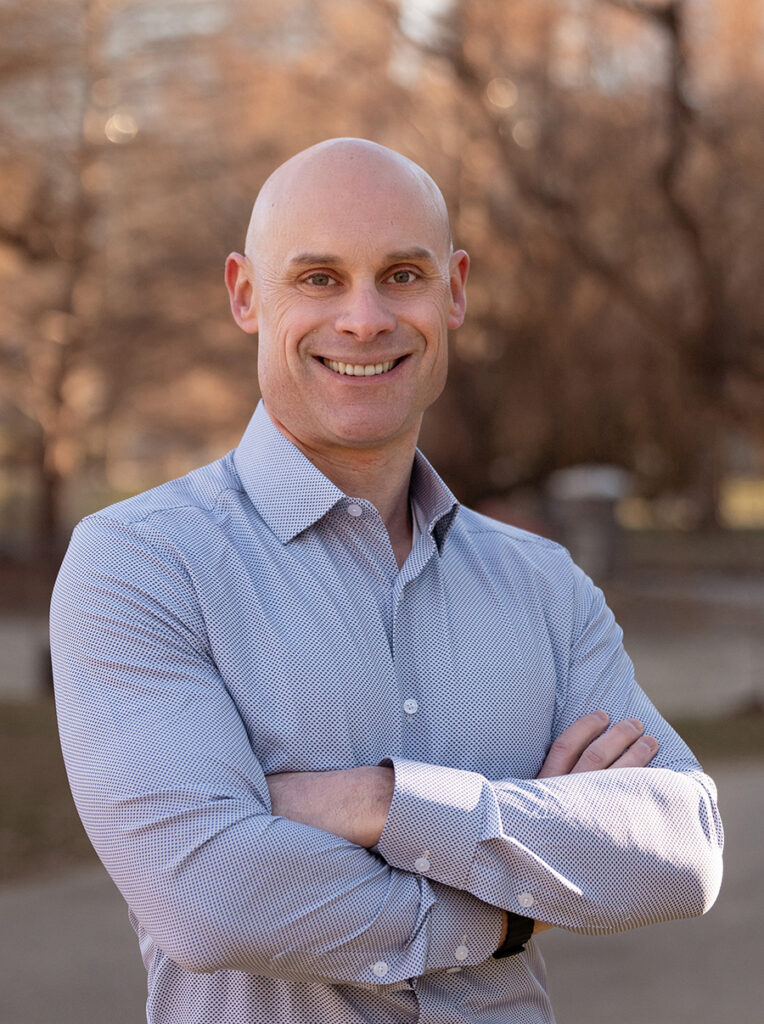
Each year, the Belmont Citizens Forum asks Select Board candidates questions about issues facing our town. This year, Alex Howard, Geoff Lubien, and Matt Taylor provided answers. They were limited to 1,000 words.
BCF
Currently, about 95% of the property tax levy in Belmont comes from homeowners and 5% from business owners.
a. Is the development of more business space a realistic solution to Belmont’s financial challenges, with much of the existing commercial space empty?
b. The number of empty commercial spaces, both retail and office buildings, conveys that Belmont is not prospering or attractive. Does the Select Board have a role in recruiting desirable businesses to fill these spaces (or is that up to the landlords)? If so, how would you encourage the revitalization of Belmont’s business districts?
c. What scale of development is realistic (e.g., enough to increase commercial tax revenue from 5% to 7, 10, or 15% of the property tax levy)? Can Belmont’s current business districts support that level of growth?
Howard
Belmont has a terrific opportunity to both address its financial challenges while making the community an attractive destination to both new residents and business owners. Good zoning is key to success. The Belmont inclusionary zoning bylaw and Housing Production Plan adopted in 2018 sets us on a course to meet current and future housing needs, as mandated by law. With higher density, mixed-use spaces, alongside completion of the Community Path, a range of businesses would find Belmont a more attractive place to invest.
With this approach, we open the option to apply the smart growth overlay zoning districts, which could help Belmont leverage funds from the Smart Growth Trust Fund. Peer communities that have invested in these kinds of initiatives have seen growth in commercial tax revenue. Finally, we need to streamline the process by which businesses come to Belmont. When government sets the conditions that are favorable to business, I believe 10% commercial tax revenue and beyond is achievable.
Lubien
a. There are no silver bullets to Belmont’s fiscal challenges. If there were, we would have employed them already. For Belmont to be vibrant, stable, and sustainable, we have to seriously consider anything that will improve our finances; this includes expanding commercial real estate, reforming fiscal management, and passing and managing the upcoming override. In the long run, the only truly viable solution is the expansion of our commercial tax base.
b. The Select Board has a critical role in providing stability to our business districts by appointing members to town committees that can either catalyze or constrain growth. It is imperative that the next Select Board member employ a growth mindset and is able to detect the right people to navigate our town departments and processes so they can then help revitalize our business districts. It is also imperative for the next Select Board member to empower the chairs of these committees with the knowledge of who and where to go to be as expeditious as possible in effecting change.
It is important to partner with business owners, business associations, property owners, and managers to find new ways to promote foot traffic through special events and other activities, like Town Day and holiday events. Finally, the Select Board should welcome new businesses to the community and make ourselves more available to new and existing businesses and prospects, listening to their concerns and thoughts on their goals and objectives.
c. The short answer is, yes, it is possible to achieve 10, 15, or even 20% commercial real estate, but it boils down to what tradeoffs the town wants to make. Our town faces the following choices: a town of homes, good schools, or low taxes, but we can only pick two. Increasing our commercial tax base is attractive because it helps diversify our revenue, balance our budget, and it comes with additional benefits such as more vibrant streetscapes and more community support. I support initiating and funding a master planning process where our community comes together to answer hard questions about what the future of this town can and should look like.
Taylor
Achieving a 10% commercial tax base should be our community’s most important goal.
Our current 5% (and declining) commercial tax base is unsustainable. It strangles our budgets and our growth potential, causing constant all-or-nothing override votes that strain our residential community. After thorough analysis of our property database, I believe we should focus on maximizing revenue per acre in our land-constrained town. Each year we foster commercial growth makes the revenue pie bigger and brings us closer to financial sustainability without additionally burdening residents. Once we reach our 10% goal, it gets even better: we can start shifting some of the residential tax burden to commercial properties, giving us a path to broader-based affordability. Achieving this higher commercial tax base within a decade is the goal we need, and I am part of our best chance to accomplish it.
We urgently need a collaborative plan to focus on economic development.
I expect the current Select Board to fund economic feasibility and opportunity studies. Based on this data, I’ll urge us to complete a master plan focused on economic development within one year. I call it “The Plan to 10” and expect it would include:
- Rezoning to allow for more mixed-use, multiple-unit, mid-rise housing and commercial space, which increase tax revenues
- Business-friendly initiatives to attract small businesses, especially restaurants and cafes that boost tax revenues even further via Massachusetts meal taxes
- Allowing development of boutique hotels, a proven tax source
- Taking full advantage of state law changes that allow for additional sources of revenue
- Encouraging mixed-use development along our corridors, creating vibrant neighborhoods with desirable amenities
- Forming “benefit districts” to ensure we reinvest in surrounding neighborhoods
- Preserving open space and historic buildings
Vibrant neighborhoods and businesses are best friends; that’s where buyers and renters want to live. That’s where property values rise the fastest. We can create this for Belmont!
We must start now.
My data analysis background in leading and advising startups brings a goal-oriented vision to this work, helping us track, accelerate, and communicate progress. Inspired by successful models from other towns, we can create a robust permitting and zoning process that streamlines efforts, minimizes costs, and reduces delays. It will be a unified effort of committees, Town Meeting, and residents who make it happen. The long-term viability of our community, and affordability for a broader base of our residents, are worth it.
Change is difficult. It means working together to take care of each other.
It’s always easier to ignore our economic reality for another year than it is to find our shared commonality and work together for current and future Belmont generations. Our last master plan expired years ago; it’s time for a new and more visionary one. I firmly support the commercial development leadership Elizabeth Dionne has brought to the Select Board. If you elect me to join her on our Select Board, Belmont stands to gain immensely from our collective efforts.
I believe this goal is our best bet for a more sustainable future. Your mandate makes change possible, so I need your vote on April 2!
BCF
As Belmont faces what Select Board chair Roy Epstein has called “fiscal Armageddon” (particularly in the event of a proposition 2 1/2 override defeat this spring), what is the right balance between funding the schools, funding central functions of town government, and funding “elective” programs and services (e.g., library hours and programs, Senior Center services, recreational programs)?
Taylor
We must focus on core competencies in every department, find more cross-department efficiencies, and build up in-town investments which reduce future costs. Because our town has a 95% residential tax base, we’ve always relied upon postponing important things to balance the current budget and delay overrides. We’ve avoided facing structural changes that we will eventually be forced to make, and neglected less visible needs which are growing more urgent each passing year.
We have to make progress. Our best choices for our medium- and long-term needs are available now, and these choices dwindle the longer we wait.
I am empathetic to how difficult it can feel to take these first steps. It’s why I lead with a big important goal of reaching a 10% commercial tax base in 10 years. It’s why maintaining the relationship with the broad base of residents is a core part of my process. Change is hard, and having your votes and visible support to make these changes together will help us enjoy our best opportunities. I commit to you that we will bring about visible, positive, lasting change that helps us keep what we love about Belmont, while mitigating the size and frequency of overrides. Along the way, I will keep an active dialogue with all our residents, so you are in the loop.
Lubien
There are funding mandates that direct the funding of schools unless Belmont wants to go into state receivership; however, we must live within our means. The balance of providing the level of service our community has come to expect with the continued cost increases that exceed revenue growth is tricky. However, I am confident that the town and school administrations are finding efficiencies that the Select Board can and should support while fostering revenue growth and maximizing available federal and state grants.
- We need to look for more creative and efficient ways to provide town services. We also need to make investment in areas that will lower expenses and/or increase revenues. Some initiatives that can help:
- Investing in bringing in more special education services that are a better solution for our students and will offset the more expensive out-of-district solutions.
- Providing more resources to the Office of Planning & Development to bring in more business and ideal property development.
- Developing fiscally sensible zoning to attract more businesses and be known as a more business-friendly town.
- Empowering and supporting our town and school administrators and department heads to continue to reduce inefficiencies, streamline and modernize technologies, and develop more effective and efficient ways of providing services.
- Capturing federal and state grants with what I am advocating—a newly appointed grant writer.
- Establish a long-term plan that provides stability and sustainability in these interrelated areas:
- Fiscal management
- Zoning
- Business and commercial development
- Energy and environmental issues
Howard
This isn’t the first time that Belmont has needed an override. Without an override, funding for all of these essential functions will be at risk. Belmont’s schools are a source of pride, and our entire community benefits from the rich vibrancy of the next generation that wants to make Belmont their home. Effective emergency response and programs and services, especially for seniors, are also critical to a functional community.
This may sound simplistic, but it’s important to be disciplined about our spending so that our rate of expenditures don’t outpace our rate of revenue growth. That’s how we ended up in this position. Additionally, there are always ways to apply a best- value approach to projects, rather than a lower bid approach, which is ultimately more fiscally responsible. In my professional roles in the military and commercial sector, I’ve approached balanced budgets with this lens. Disciplined spending and new zoning initiatives that generate business revenue will ensure we don’t have to make these impossible trade- offs in the future.
BCF
What priority do you assign to improving pedestrian and bicyclist safety, limiting traffic, protecting open space, and preserving historic buildings? If those are priorities, what specific measures will you support to improve the status quo?
Lubien
With a natural tension between cars, bicyclists, and pedestrians of all ages, compromise and consensus are the most important assets I can help build. To limit traffic, we need to work on more sensible traffic calming and, with our federal and state partners and with driving apps, to redirect cut-throughs at key times while being careful not to direct customers out of our businesses. The override allows doubling the investment in sidewalks which will help our pedestrians of all ages.
The master planning exercise I advocate will include an inventory and assessment of the town’s assets so that we can better maintain and plan repairs for our buildings and open spaces. It needs to account for future investments and improvements while preserving or restoring the historical buildings we can afford. We need to continue to leverage what the Community Preservation Act and committee have allowed us to tackle—investments in our recreational and open spaces which we would otherwise not have accomplished. For many of these, there are no definite solutions, instead compromises that meet the needs of the different constituents as best as possible.
Taylor
These are all core competencies of local government. Safety and access are top of mind for me as a jogger who has run every street in our town. Roadway designs that focus on car throughput are a hazard. They lead to more cut-through traffic, aggressive drivers racing to “beat the light,” reduced walkability, and dangerous crossings. Our younger residents are least likely to be seen by drivers, and our older residents are most likely to suffer a life-altering injury.
Mindful that we are a land-constrained town, I advocate for preserving open space and historic buildings as we work toward reaching a 10% commercial tax base.
Howard
One of the things I love about Belmont is its open space for its residents, their families, and their pets. I’d support the Historical District Commission’s efforts to preserve historic buildings that speak to our town’s resilience as we’ve grown and adapted over the years. That said, our investments in these important issues should be done with future progress in mind, and in alignment with other initiatives that support the town’s fiscal strength. For example, implementing the Community Path supports pedestrian and bicyclist safety and makes the community more walkable, reducing traffic
BCF
A series of recent structural changes to town government has centralized authority and moved it from elected to appointed authorities (as recommended by the Collins Center Report). To some degree, those and other changes have also lessened the role of town committees. Are you concerned that these changes could undermine Belmont’s strong culture of volunteer participation and citizen engagement, resulting in changes in our small-town character?
Howard
No, I am not concerned that the structural changes to town government will undermine Belmont’s citizen engagement. In fact, I believe they will enhance engagement by streamlining participation of volunteers and expanding our ability to hear from all residents. The changes provide discipline and efficiency to enable an even broader group of committed volunteers to engage with the priorities of our community.
Taylor
This is the right concern but the wrong question. I see so many people volunteer for Belmont because they want to make a positive difference for our community. The right question: How do we keep our hard-working, passionate volunteers engaged and doing their best work?
Empowerment.
- We follow through on their important, thoughtful work.
- We take the advice of committees, unless they have clearly erred (in which case, we discuss what was missed, and have them update their proposal to address what was missed).
- All members of committees work together for a unified result.
Empowering our volunteers to make a difference keeps them connected to our town. I’ve learned in my years of leading and advising teams that empowering others is the most effective leadership style and generates the best results.
Lubien
The only role that has moved from elected to appointed has been the town treasurer, leaving hundreds of volunteers in place and valued by the town. The next roles that are moving from elected to appointed are roles that are critical to the functioning of the town. These moves are to ensure that these employees are accountable to do the high quality of work required to help get the town on the right fiscal footing. The voter-approved switch to an appointed treasurer has already resulted in significant efficiencies, including a reduction of headcount in the Treasurer’s Office and the adoption of electronic technology that other towns have used for years.
What I believe undermines the effectiveness of town committees and participation by our dedicated and passionate volunteers is the dismissing of some or the majority of the work and recommendations of the community by the appointing authority. I vow to honor the hard work done by our town committees.
BCF
According to the latest EPA data (circa 2022) Belmont’s streams are the dirtiest in the Mystic River Watershed, grading D (Winn Brook) and D+ (Little River). What priority do you assign to cleaning up Belmont’s streams? Do you have any ideas for improving or accelerating Belmont’s current plans to address the problem of sewage seeping into our stormwater system?
Taylor
Our shared environmental future is one of several areas in which our town is structured to create an affordability crisis. A 2021 Alewife Brook Water Sewage Overflow progress report listed Belmont first as a source of bacterial contamination that made it unsafe for fishing and swimming. Environmental cleanup gets more expensive every year and is a major source of uncertainty, costs, and delays for commercial growth.
We have postponed infrastructure improvements which would better manage wastewater and runoff. Our infrastructure uses open trough pipes for sewage, which means runoff can flow in and increase the volume of our wastewater. This costs us money. Yet the combination of sandy soil and a high water table means enclosed pipes would lead to more flooding. I will continue to follow this issue closely. We can all help, as nearly all dog owners do, by picking up after pets, whose feces are a major source of bacterial water contamination.
Lubien
It is true that Belmont has received poor grades for the Winn Brook (D), Little River (D+), and Alewife Brook (D) for both 2021 and 2022. Unfortunately, Belmont is not the only town with failing grades that contribute to the pollution of the Mystic River watershed.
Over the last 10 years, the town has spent more than $10 million identifying and mitigating sources of illicit discharges by lining or replacing sewer mains and services. However, many smaller, more difficult leaks are still unresolved and need to be addressed. Other contaminants such as phosphorus from lawn care and pet waste need to be addressed with education, enforcement, and new storm drain grates. To continue and accelerate the mitigation, more investment is needed.
Since 2019, water and sewer rates have not changed while costs have increased significantly. The town has implemented a plan to increase water and sewer rates by 3% and 5%, respectively, over the next five years to build back Sewer Enterprise capital funds. More should be done to obtain additional funding from the State Revolving Fund and grants from the Federal Infrastructure Investment and Jobs Act.
Under my leadership as chair of the Warrant Committee, the committee is now paying closer attention to the water and sewer enterprise funds as well as focusing on investments in infrastructure and mitigation.
Howard
From Mystic River to Winn Brook to Little River, Belmont’s streams are a critical natural resource worth our attention and care. Belmont has an aging public infrastructure that contributes to these low grades that impact our stormwater system. That being said, as a small town, Belmont can address these challenges most effectively by following through on our commitments to repair sewer lines with minimum wavering, and determining whether the plans were aggressive enough to be effective.
BCF
Describe how the town can make progress towards implementation of the decarbonization plan adopted by Town Meeting, green infrastructure projects, the community path, and the town’s affordable housing goals.
Howard
Beyond what was addressed above, the plan is to realize 80% emission reduction by 2050, and we are on track for that plan. There are likely opportunities to incentivize aspects of this plan, such as adoption of solar or EV charging that leverage state and federal resources for the town of Belmont. We should celebrate our success and continue on the pathway to meeting these important goals.
Lubien
First and foremost, I will continue to support the planning of the community path and, most immediately, the building of the Alexander Avenue tunnel. I believe there are many ways we can advance the town’s goals but know that there is much more we can do. We need more electric charging infrastructure including spaces for electric school buses. For town buildings and homes, we should invest in insulation and weather-proofing programs, encouraging rebates and leveraging new and innovative technologies. Through zoning and the MBTA Communities Committee work, we can promote more affordable housing development to increase our housing stock.
Taylor
Connectivity, affordability, and preserving green space are all aligned with commercial growth. Getting to a 10% commercial tax base is a big, important goal that sharpens our focus and requires us to make changes to get out of our own way. The benefits will be tremendous. Housing choices enable residents to downsize and stay in our community. Walkable neighborhoods and mixed-use construction allow residents to live near the amenities they want—restaurants, cafes, local shopping, schools, parks—amenities which, in turn, increase property values. Commercial development spurs investment in infrastructure that badly needs it: sidewalks, crossing safety, roadway designs that calm traffic. Energy efficiency is an important factor in cost-of-ownership, and a critical long-term metric for success. We can score wins in all of these areas by building momentum toward commercial development.





Sorry, the comment form is closed at this time.